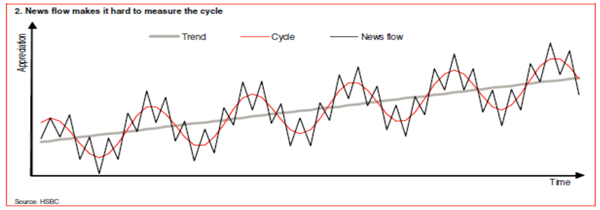
 For most of us, referring to our “five wishes” during the holiday season means naming the top five items on our gift list or your five wishes for the coming New Year. The five wishes I’m talking about here is something quite different, but in the end, much more valuable.
For most of us, referring to our “five wishes” during the holiday season means naming the top five items on our gift list or your five wishes for the coming New Year. The five wishes I’m talking about here is something quite different, but in the end, much more valuable.
Five Wishes is a document that assists individuals and families discuss and document preferences for end of life care. It is a personal living will that goes beyond the basics to give individuals the opportunity to express their wishes, and thus ease the burden of loved ones who may be left to make critical questions during stressful times. The document, written by Aging with Dignity, is easily navigated to help communicate the following:
- Who do you want to make decisions about your care when you can’t?
- What kind of care do you want and/or what kind of care would you refuse?
- How do you want to be kept comfortable?
- How do you want people to treat you?
- What specific information do you want your family to know?
This document can be considered a legal document in Michigan and 41 other states if it is signed and witnessed*. If you already have an up-to-date Patient Advocate/Health Care Durable Power of Attorney document in place, Five Wishes can still be valuable as a way to communicate your wishes for your end of life care to others.
Consider using Five Wishes to structure your conversations this holiday season as you hold the family meeting I recommended in my recent post. And while you’re at it, share you wishes for 2013 with your family, as well!
*Five Wishes meets the legal requirements for an advance directive in Michigan. Just like in 41 other states, you can use Five Wishes in Michigan to express how you want to be treated if you are seriously ill and unable to speak for yourself, using a document that is easy to understand. All you need to do is check a box, circle a direction, or write a few sentences. Once it is signed and witnessed, your Five Wishes is a legal document. Additionally, the state of Michigan requires your health care agent to sign a Patient Advocate Acceptance Form. The people you name in Wish 1 of Five Wishes must sign this form before they begin making decisions for you. This form is not included in Five Wishes because you are not required to complete the acceptance form at the same time. It is offered here as a helpful resource. Five Wishes can be found at www.agingwithdignity.org.
Michigan Patient Advocate Acceptance Form
Sandra Adams, CFP® is a Lead Financial Planner at Center for Financial Planning, Inc. Sandy specializes in Elder Care Financial Planning and is a frequent speaker on related topics. In 2012, Sandy was named to the Five Star Wealth Managers list in Detroit Hour magazine. In addition to her frequent contributions to Money Centered, she is regularly quoted in national media publications such as The Wall Street Journal, Research Magazine and Journal of Financial Planning.




















